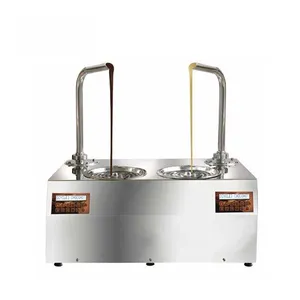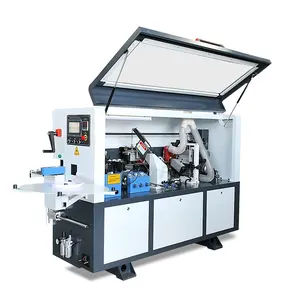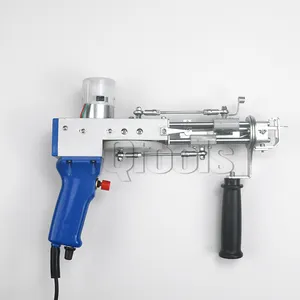Popular in your industry




















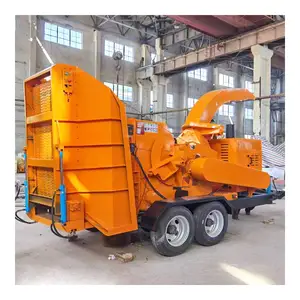
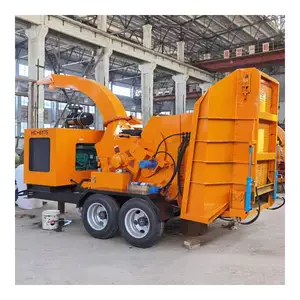

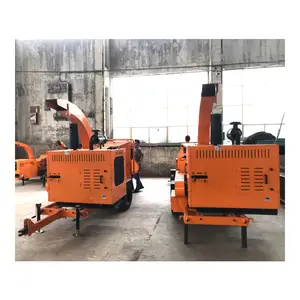
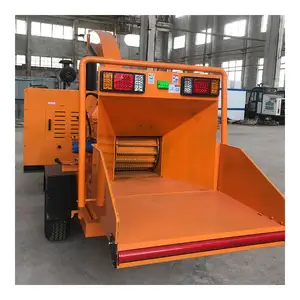




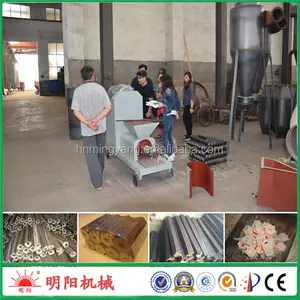















































Top categories
About broken wood machine
Introduction to Broken Wood Machines
A broken wood machine is an essential apparatus in the woodworking industry, designed to manage and repurpose damaged or unusable wood pieces. This category encompasses a variety of machines tailored for different stages of wood processing, from dismantling to reshaping.
Types and Applications
The spectrum of broken wood machines includes diverse types, each serving a unique function. Wood shredders, chippers, and splitters are common, facilitating the recycling of wood waste. These machines are pivotal in industries like furniture manufacturing, where they help in repurposing offcuts and broken pieces into usable forms.
Features and Materials
Wood recycling machines are engineered with robust materials to withstand the rigors of breaking down hard and soft woods. Stainless steel components are standard due to their resistance to wear and corrosion. The design of these machines prioritizes user safety, with features such as emergency stops and protective guards.
Advantages of Utilizing Broken Wood Machines
Incorporating a wood waste crusher into your operations can significantly reduce material waste. By converting broken wood into chips or sawdust, these machines enable the reuse of wood in various forms, such as particleboard production or as a biomass fuel source, contributing to a more sustainable environment.
Selection Considerations
When exploring the range of wood processing machines, it's crucial to consider the specific requirements of your project. Factors such as the machine's capacity, compatibility with different wood types, and the desired output size are essential to ensure you select a machine that aligns with your operational needs.
Maintenance and Safety
Maintaining a wood chipper machine involves regular cleaning and timely servicing to preserve its functionality and extend its lifespan. Safety is paramount; thus, operators should be adequately trained to handle the machinery, adhering to the recommended safety protocols.

